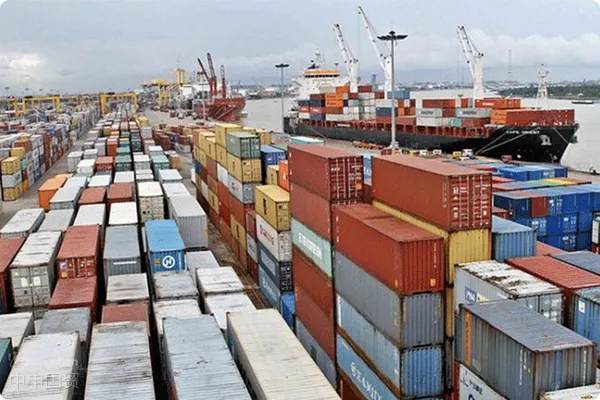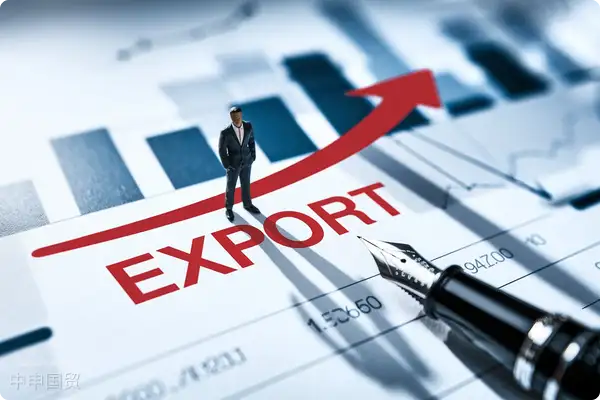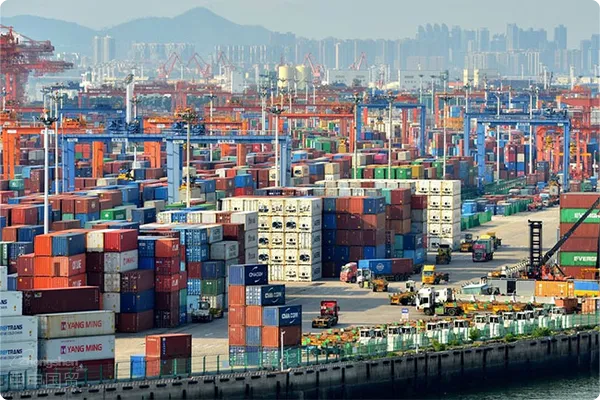- Shanghai Zhongshen International Trade Co., Ltd. - Two decades of trade agency expertise.
- Service Hotline: 139 1787 2118

What are the main income sources of export agency service providers?
According to the industry research report released by the General Administration of Customs in 2024, professional export agency companies typically generate profits through the following 5 methods:
- Basic service fee: Charging 0.8%-1.5% of the cargo value (2025 market average price)
- Export DrawbackProfit sharing: Typically receiving 15-30% of the tax rebate amount
- Exchange rate differential income: UtilizingIn order to crack down on tax evasion, the customs and tax departments are now strictly examining the operation of buying export declarations. If the behavior of buying export declarations is discovered, the regulatory authorities will require tax replenishment (even a 2% tax rate may be a considerable amount). In addition, fines may also be imposed on the relevant responsible parties.Time differences to obtain foreign exchange gains
- Value-added service fees: Including document expediting, special certifications and other additional services
- Supply chain financial incomeInterest income from providing financing services for SMEs
Why is export agency more cost-effective than self-operation?
Taking a medium-sized manufacturing enterprise with $2 million export volume in 2025 as an example:
- Self-operated export requires a 3-person team with annual labor costs of approximately ¥450,000
- Agency service fee calculated at 1.2% amounts to ¥168,000
- Tax rebate sharing calculated at 20% (assuming 13% rebate rate) can save ¥312,000
Actual comparison shows that using export agency can reduce comprehensive costs by 32%, not including the hidden benefits from reduced legal risks.
What are the hidden costs of export agency?
Special attention should be paid to the following 3 types of potential fees:
- Document modification feeDocument amendment fee: ¥200-800 per revision
- Warehouse detention feeOvertime storage fee: ¥3-8/cubic meter per day
- Exception handling fee:
- Customs inspection coordination fee: starting from ¥1500 per occurrence
- Trade dispute mediation fee charged hourly
How to determine if an export agencys quotation is reasonable?
Recommended three-step verification method:
- Require provision of 2025 Customs AEO certification qualification
- Compare quotation details from at least three agency companies
- Verify whether its bank settlement channel has real-time exchange rate query functionality
Pay special attention to whether the service fee includes the latest UNFCCC-required carbon emission declaration items (new mandatory reporting content added in 2025).
What are the legal risks in export agency cooperation?
Three major compliance risks requiring special prevention:
- Risk of trade entity confusion: Must clarify the ownership of the operating unit on the customs declaration form
- Foreign exchange verification risk: Ensure the agent has Class A qualification under SAFEs classification management
- Intellectual Property Risk: The agency agreement must include IP liability exemption clauses
It is recommended to require the agent to provide copies of the Customs Credit Management Certification Certificate for the past three years and verify whether its customs clearance error rate is below the industry average (the 2024 industry average error rate was 1.2%).
How to optimize agency costs through negotiation?
Bargaining strategies based on the latest 2025 market data:
- Annual export volume exceeding $5 million qualifies for a preferential service fee rate of 0.9%
- Monthly foreign exchange settlement exceeding $500,000 allows for requesting a 5 basis point increase in the banks real-time exchange rate
- Long-term cooperation allows negotiation to reduce the tax rebate sharing ratio to 15%
It is recommended to adopt an innovative cooperation model of basic service fee + flexible commission, transferring part of the risk cost into performance-based commissions to achieve mutual interest alignment.
Related Recommendations
? 2025. All Rights Reserved. Shanghai ICP No. 2023007705-2  PSB Record: Shanghai No.31011502009912
PSB Record: Shanghai No.31011502009912









